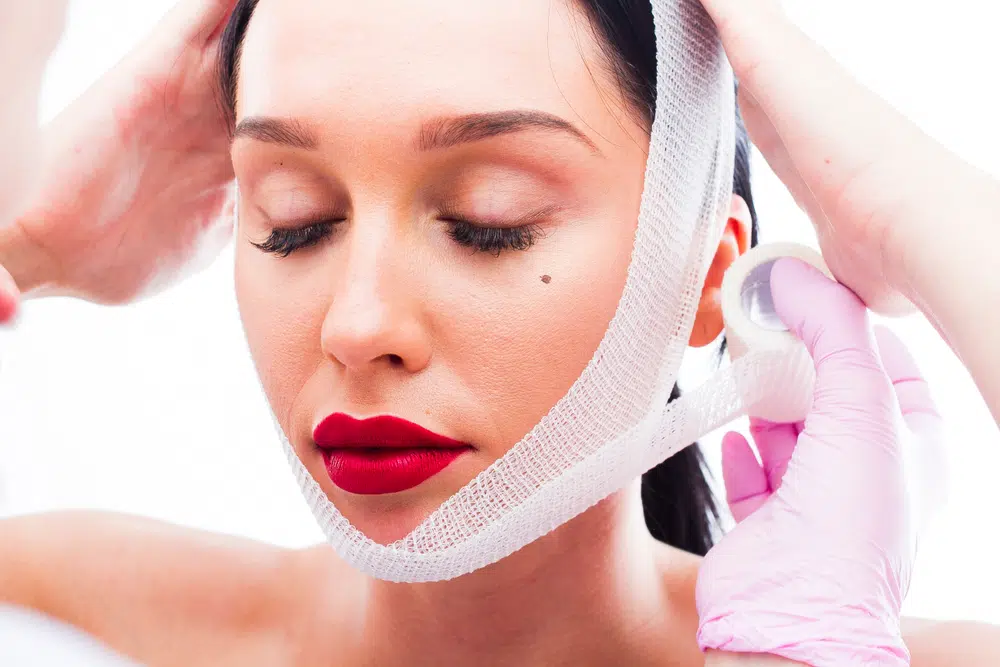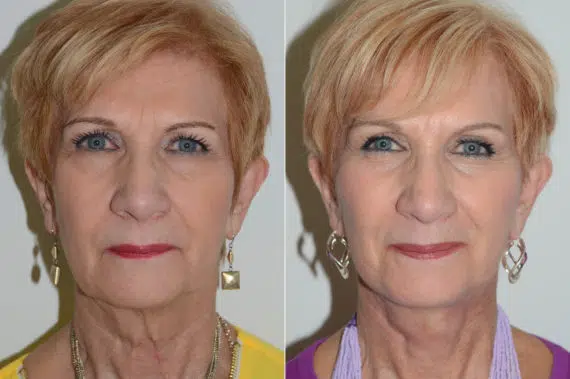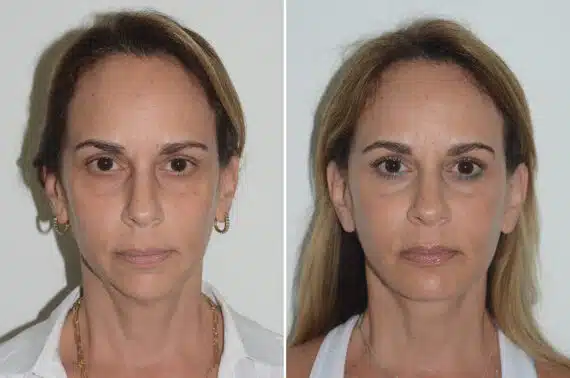Are you worried about bruising after surgery and how long it will last? Post-surgical bruising and mild swelling are common effects of many surgical procedures as the body enters its healing process. Some patients also notice small hematomas, which usually resolve with time and care. Understanding why bruising happens helps set realistic expectations.
From what causes discoloration to what you can do to speed recovery, this guide explains the science and the practical steps that make a difference. You will learn what is normal, what is not, and how to navigate early days confidently so you can focus on feeling and looking your best.

What Causes Bruising and Swelling After Surgery?
Bruising and swelling occur when tiny blood vessels and capillaries are disrupted by surgical trauma. As tissues are gently lifted or reshaped and incision sites are created, a small amount of blood can leak into surrounding layers, producing purple or yellow discoloration. Swelling follows as fluid shifts into the area during the body’s natural inflammatory response.
During post-surgery recovery, your immune system clears cellular debris while new vessels form and fluid is reabsorbed. This process is normal and temporary, although the degree of bruising varies by procedure, individual biology, and how closely aftercare instructions are followed. Elevation, cold therapy, and activity modification can help limit early swelling while the body repairs itself.
What Causes Extreme Bruising After Surgery?
In most cases, bruising after surgery is harmless, but there are situations where it can appear darker, spread wider, or last longer than expected. There are a few signs that your bruise might mean something more than just some broken blood vessels, especially if it grows rapidly, feels unusually firm, or causes significant discomfort.
Extreme bruising can be influenced by factors such as blood-thinning medications, underlying bleeding disorders, infections, or excessive strain on the treated area during recovery. If bruising is accompanied by warmth, redness, or sudden swelling, it could indicate a hematoma or other complication and should be evaluated by your surgeon promptly.
Recovery Tips to Reduce Bruising After Plastic Surgery
A smooth recovery starts with thoughtful habits in the first 72 hours and consistent care in the weeks that follow. The aim is to protect healing tissues, control swelling, and promote circulation without stressing the treated area. Always follow your surgeon’s specific instructions, since timing and intensity can vary by procedure and your unique needs.
Sleep with your head elevated
Keeping your head raised helps reduce fluid buildup, especially after facial procedures like rhinoplasty or a facelift. Elevation improves circulation and allows lymphatic fluid to drain more efficiently rather than pooling around treated tissues. Use extra pillows or a wedge to maintain this position comfortably throughout the night.
Apply cold compresses
Cold compresses help constrict blood vessels and slow internal bleeding beneath the skin. Applying them gently to the affected area during the first 48 hours can significantly reduce early discoloration and swelling. Be sure to wrap ice packs in a soft cloth and avoid pressing too firmly so you don’t disturb delicate tissues.
Avoid bending over or heavy lifting
Sudden movements that increase pressure in the head or chest can worsen bruising and swelling after surgery. Bending at the waist or lifting heavy objects forces blood toward the treated area, potentially reopening tiny vessels that are still healing. Instead, bend at the knees when needed and ask for help with chores or lifting.
Skip intense workouts or hot showers
High-intensity exercise raises blood pressure quickly, which can worsen bruising in both facial and body procedures. Even early physical therapy movements should be gentle and surgeon-approved to avoid stressing healing tissues. Hot showers and saunas can dilate vessels and increase inflammation, so stick to lukewarm water until cleared for more heat.
Stay hydrated and limit salt intake
Proper hydration supports circulation and helps your body flush excess fluids more efficiently. Drinking plenty of water also prevents blood from becoming too thick during healing. At the same time, limiting salty foods reduces water retention, which can make swelling appear more pronounced. Balanced intake keeps your recovery on track.
Keep your face still
Facial movements like laughing, yawning, or chewing vigorously can place strain on delicate tissues and encourage swelling to linger. Even talking excessively in the first few days may pull at healing areas, especially after facial surgeries. Stick to soft foods, avoid dramatic expressions, and give your features time to settle without unnecessary motion.
Avoid blood thinners
Medications and supplements that thin the blood can prolong bruising and increase the risk of bleeding beneath the skin. Aspirin, certain anti-inflammatories, and even natural products like fish oil or ginkgo can interfere with clotting. Always check with your surgeon before resuming anything that may affect circulation or healing.
Avoid smoking or alcohol
Nicotine restricts blood flow and slows oxygen delivery to healing tissues, while alcohol can thin the blood and worsen bruising. Both habits interfere with circulation and delay recovery, especially in the first week. Staying smoke-free and alcohol-free gives your body the best chance to heal cleanly and without lingering discoloration.
Wear compression garments
Compression garments provide gentle pressure to reduce swelling and prevent fluid buildup beneath the skin. They are especially important after body procedures like liposuction, where larger treated areas are more prone to puffiness. Wearing them as directed helps tissues adhere properly and encourages smoother, more even healing.
Walk lightly and frequently
Gentle movement helps stimulate circulation without putting strain on the surgical site. Short walks around your home a few times a day can prevent stiffness and reduce the risk of blood clots. Avoid long periods of sitting or lying down, but keep your pace slow and controlled to protect healing tissues.
Avoid tight waistbands or clothing
Snug garments can restrict blood flow and trap fluid in healing areas, making swelling linger longer than necessary. Choose loose, breathable fabrics that rest gently on the body rather than digging into the skin. Comfortable clothing allows your body to circulate properly and supports a smoother recovery.
Be patient during healing
Even with perfect post-operative care instructions, bruising and swelling can take time to resolve fully. Every recovery plan is slightly different, and your body may progress faster or slower than someone else’s. Avoid comparing your results and allow tissues to settle naturally without rushing the process.
Questions about your procedure?
Schedule a consultation with Dr. Andres Bustillo.
Minimize Complications With an Expert Plastic Surgeon
Choosing an experienced specialist matters at every step of cosmetic surgery. A skilled surgeon plans incisions thoughtfully, handles tissues gently, and guides aftercare to reduce risk and support healthy healing. That expertise can help ensure predictable outcomes, fewer surprises, and minimal bruising and swelling as you move through surgical recovery.
With over 20 years of focused experience, Dr. Andres Bustillo is a board-certified facial plastic surgeon in Miami, recognized as a Top Doctor in the city. He completed an advanced fellowship at the combined New York University and Weill Cornell program and has authored numerous publications. For refined technique and attentive follow-up, call 305-663-3380 or visit our contact page to schedule a consultation.



